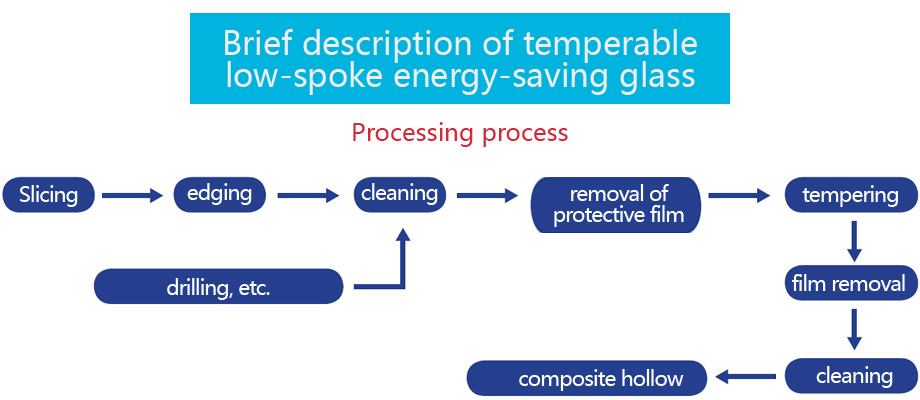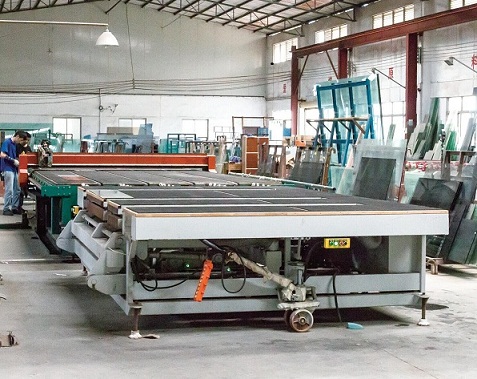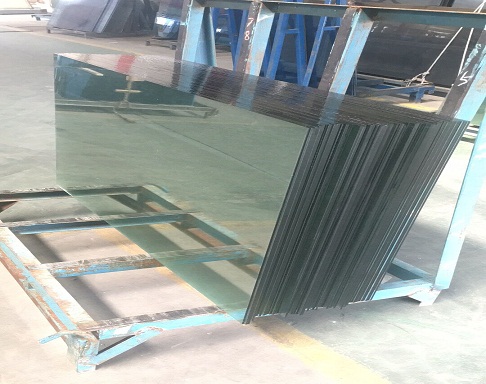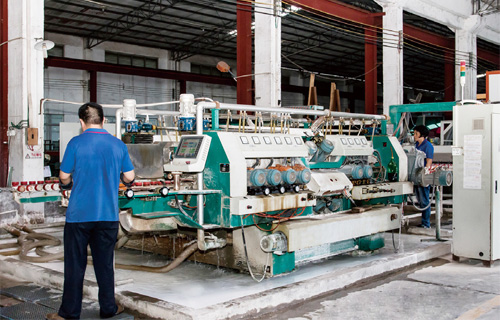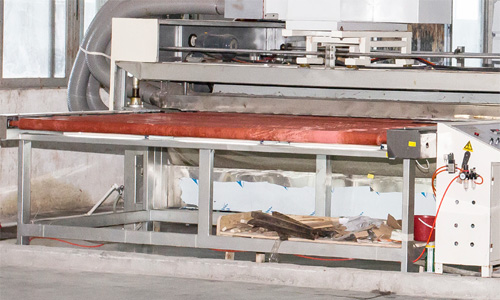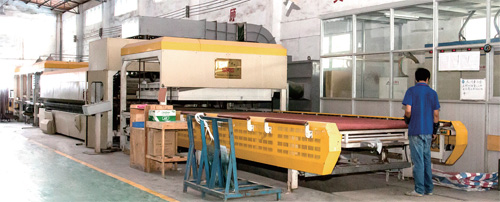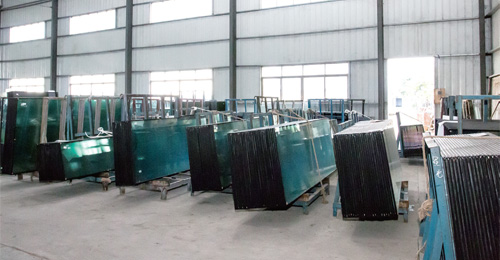Address: No.6 Zone B Wenhua development zone Shuibu Town, Taishan City Jiangmen, Guangdong China
Telephone: +86-750-5452585(CN) +1917-216-6118(US) Fax: +86-750-5452588 E-mail:
[email protected] [email protected]
Copyright ? Starlight Glass Technology Co., Ltd All Rights Reserved. Website Design:
BASHU
Hot keywords on this site:
Tempered glass、Building curtain wall glass、Hollow glass�����、Low-E(energy saving) glass、Flat curved glass��、Frosted glass�����、Shower room glass����、Glass elevator glass、Fireproof glass�、Balustrades、Home appliance����、Glass door refrigerators

